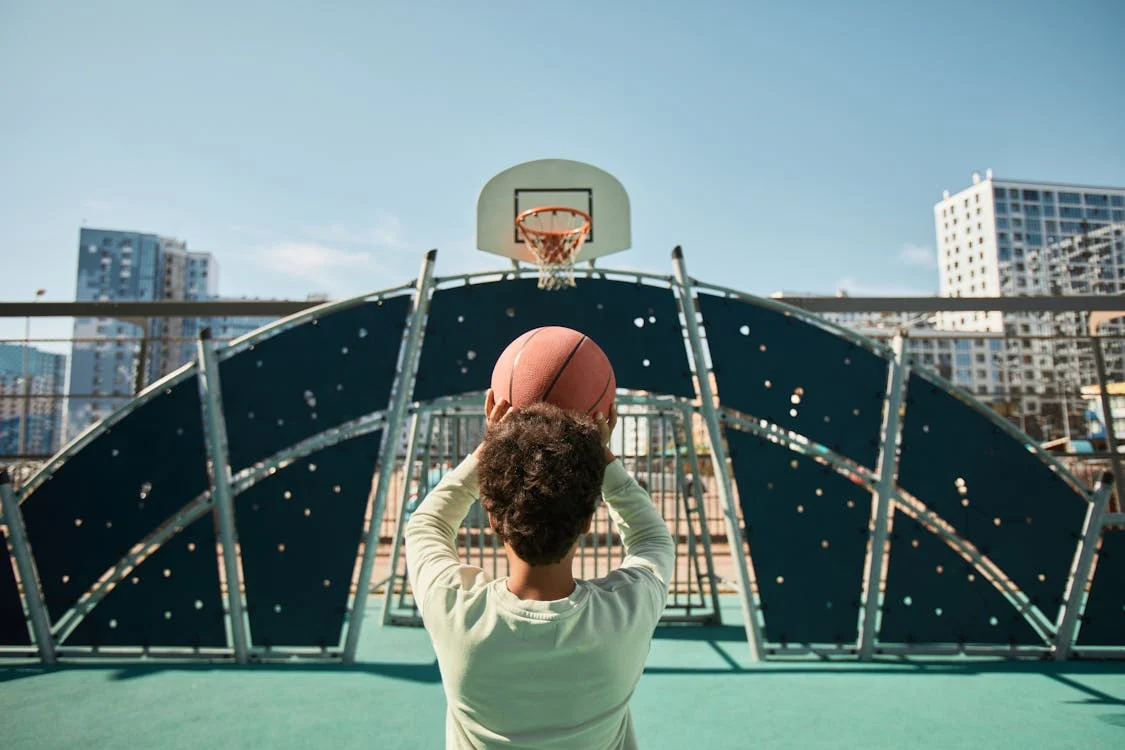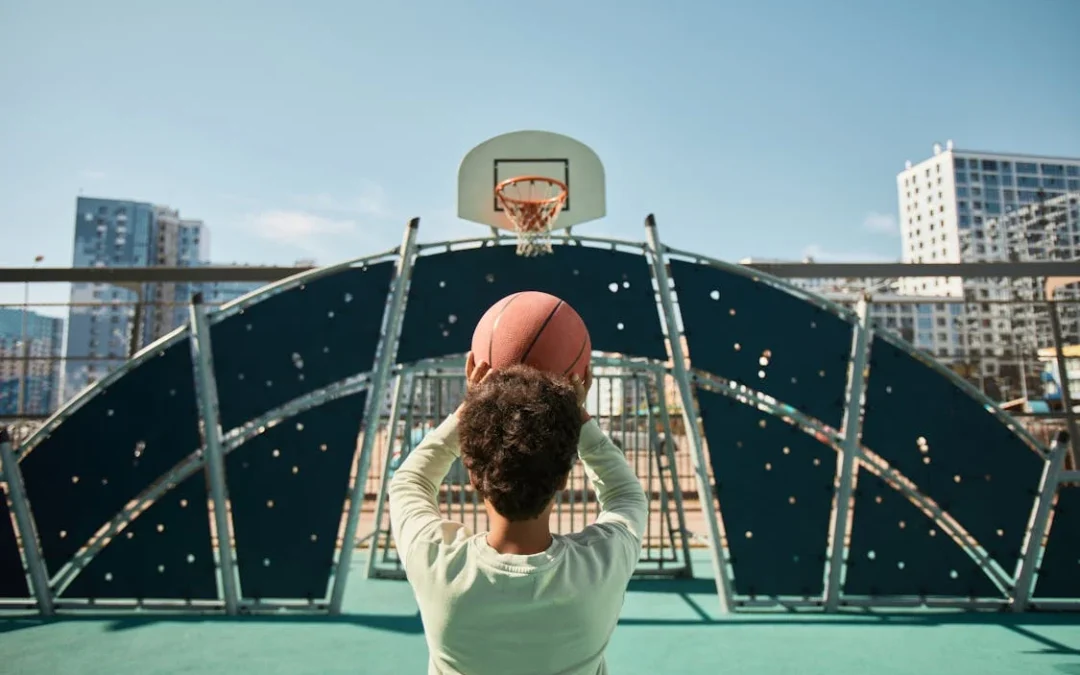
Basketball is a dynamic team sport that require players to effectively execute their specific rules on the court. In youth basketball, the five positions consisting of point guard, shooting guard, small forward, power forward, and center build the foundation of the team’s strategy.
Here’s the breakdown of each position and their key responsibilities:
Point Guard (PG)
The point guard is the leader of the team’s offense, often referred to as the “floor general.” They control the ball, direct plays, and ensure that teammates are positioned effectively on the court. As the primary playmaker, the point guard’s responsibilities include setting up scoring opportunities and maintaining the team’s tempo during the game.
Required Skills
1. Ball handing and court vision: Point Guards are required to be excellent ball handlers. They should be able to have clear vision of the court and make quick decisions. Point Guards are fast and best at driving and making basket.
2. Strong Leadership Qualities: As they are the one who leads the offense of the team, point guards should set an example. Point Guards are expected to set their ego aside for what is best for the team.
3. Tough Defensive Plays: Point guards are also key defenders. They can take charge in forcing turnovers from the opposing team.
4. Can Meet Physical Demands: Being a point guard is exhausting. They are the fastest and quickest player on the team that are expected to handle ball pressure throughout the game.
Shooting Guard (SG)
Shooting guards play a critical role as the team’s primary scorers. They excel in creating and converting scoring opportunities, whether from long-range three-pointers, mid-range jump shots, or drives to the basket. Known for their precision and versatility, shooting guards are essential for stretching defenses and maintaining offensive flow.
Required Skills
1. Shooting Accuracy: As leading scorers, they are proficient in shooting from long-range, mid-range, and even at the rim. They are capable of creating their own shots under pressure.
2. Ball Handling: Shooting guards are expert ball handlers. They can create space against defenders and driving it to the basket. They can also facilitate plays when needed.
3. Off-Ball Movement: Offensive strategies can also be executed even not holding the ball. They can run through screens, cutting to the basket, and positioning for shots.
4. Leadership: Shooting guards usually step up in crucial moments. They have the ability to deliver great plays in clutch moments.
Small Forward (SF)
The small forward is widely regarded as the most versatile position in basketball. Players in this role contribute across multiple aspects of the game, including scoring, defense, and playmaking.
Required Skills
1. Shooting: Small forwards are expected to score effectively both inside and outside the paint, making them valuable offensive threats.
2. Strong Defense: Defensively, they use their agility and strength to guard multiple positions, often matching up against the opposing team’s top scorers.
3. Play Making: Their playmaking abilities allow them to create opportunities for teammates, functioning as secondary ball handlers when necessary.
Power Forward (PF)
Power forwards are typically tall, strong, and physically dominant players, often regarded as the team’s enforcers. They excel in playing close to the basket, contributing significantly to rebounding, post plays, and interior defense.
Required Skills
1. Excellent Rebounder: power forwards build up their strength and practice rebounding. They master boxing out techniques. They create second change opportunities through offensive rebounds.
2. Powerful Offensive Drives: The scores generated by power forwards usually come from their powerful post moves and mid-range jump shots.
3. Defensive Wall: They use their strength and positioning to contest shots and block lane which limites the opponent’s scoring opportunities.
Center (C)
Centers are typically positioned in the low post area near the basket, where they play a pivotal role on both ends of the court. Often the tallest players on the team, they use their height and strength to dominate in key areas such as shot-blocking, rebounding, and scoring in the paint.
Required Skills
1. Rebounding: Centers dominate the area under the basket securing rebounds and blocking shot attempts.
2. Physical Presence: Centers use their size and speed to secure possessions.
3. Ace Free Throw Shooting: Centers are usually sent to free throw lines especially towards the end of the game. Free throw shooting is very essential especially during the final minutes of the game to counter Hack-a-Shaq defensive strategy of the opposing team.
Conclusion
In-depth understanding of the five positions in youth basketball is essential in developing individual skills and team strategies. Players should embrace their roles to enhance their performance and foster teamwork. As basketball continuously evolve, these roles often overlap. If you are mentoring youth basketball, it is essential to focus on fundamental skills for teach position to enable players to explore their strengths or become well-rounded players.

